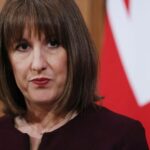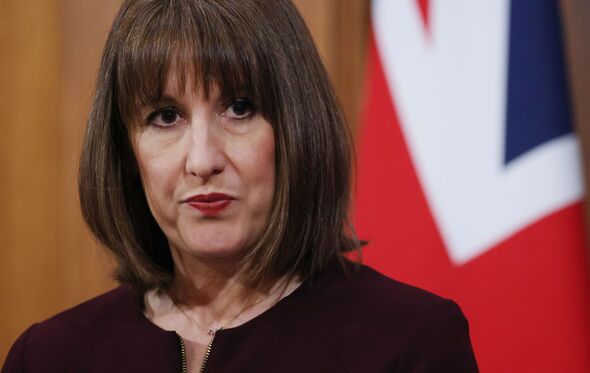US retail sales data for April, to be released on Tuesday, will offer insight into the sentiment among consumers as inflation cools.
Economists polled by Reuters forecast that the Census Bureau will report a 0.7 per cent increase in overall retail sales from the previous month, following two months of declines. That will also reverse the drop of 0.6 per cent in March.
Analysts at Credit Suisse expect the increase to be driven by robust spending on cars and fuel. The underlying number, which strips out car-related spending, is expected to be weaker. The broker is forecasting a decline of 0.2 per cent in that metric month over month.
The outlook for retail sales is mixed as continued strength in the labour market and wages is likely to support consumer spending. However, it comes amid expectations of a recession, tightening financial conditions and slowing inflation, all of which tend to crimp spending.
The retail sales data comes after the Bureau of Labor Statistics last week reported that US inflation slowed its rise more than expected in April as the Federal Reserve’s interest rate increases continue to dent price rises. Smaller increases in prices typically slows the growth of retail spending. Kate Duguid
Japan’s economy is under pressure from an unsteady post-Covid rebound in consumption, faltering real wages and weak demand for its exports.
Real household spending unexpectedly fell 1.9 per cent year-on-year in March, denting the momentum of a recovery under way as the country threw off most of its coronavirus curbs and travel restrictions.
Real wages also notched up their 12th consecutive month of decline, with pay struggling to keep up with inflation, despite attention-grabbing increases from some of the country’s biggest brands. Goods exports, meanwhile, have suffered from weak global demand, particularly from China.
UBS, the Swiss broker, has downgraded its forecast for growth from a seasonally-adjusted annual rate of 1 per cent, compared with the previous three month period, down from an earlier estimate of 2 per cent.
But it thinks there are reasons to believe economic growth will continue throughout the year. It points to pent-up demand created by the delayed pandemic reopening, the strong potential for inbound tourism and the likelihood of a rebound in real wages as lower import prices ease inflation.
“Ahead, we think the economic recovery will continue even with the headwinds from a slower global economy,” it wrote.
Analysts at Goldman Sachs agree, revising their GDP growth forecast down to 1.1 per cent from 1.7 per cent, based on a “mixed picture” presented by March economic data, but still predicting a “reactive upturn” from the final quarter of the year. William Langley
The Mexican peso has emerged as the best performing leading emerging markets currency this year as high interest rates, an increase in remittances and its proximity to a strong US economy have made it a favourite among investors.
The peso has risen by 10.8 per cent this year to trade at 17.6 to the dollar, its strongest level since 2017. But analysts warn that with a recession looming in the US, it could be close to its peak.
Oliver Harvey, managing director at Deutsche Bank, said the peso looks “among the most expensive” emerging market currencies and he would not expect it to outperform other currencies in the second half of the year, in the way it has done in recent months.
Caution comes as hedge funds have been ratcheting up their bets against Mexico, with $4.8bn government bonds on loan in May, up from a low of $2.7bn in February this year, according to data from S&P Global Market Intelligence.
The peso is one of the most sensitive of the emerging market currencies to a slowing of the US economy.
Brent David, senior portfolio manager at RBC BlueBay, said that a hard landing in the US, driven by debt ceiling concerns or tightening credit conditions, “would be extremely detrimental for the peso”. Mary McDougall
















